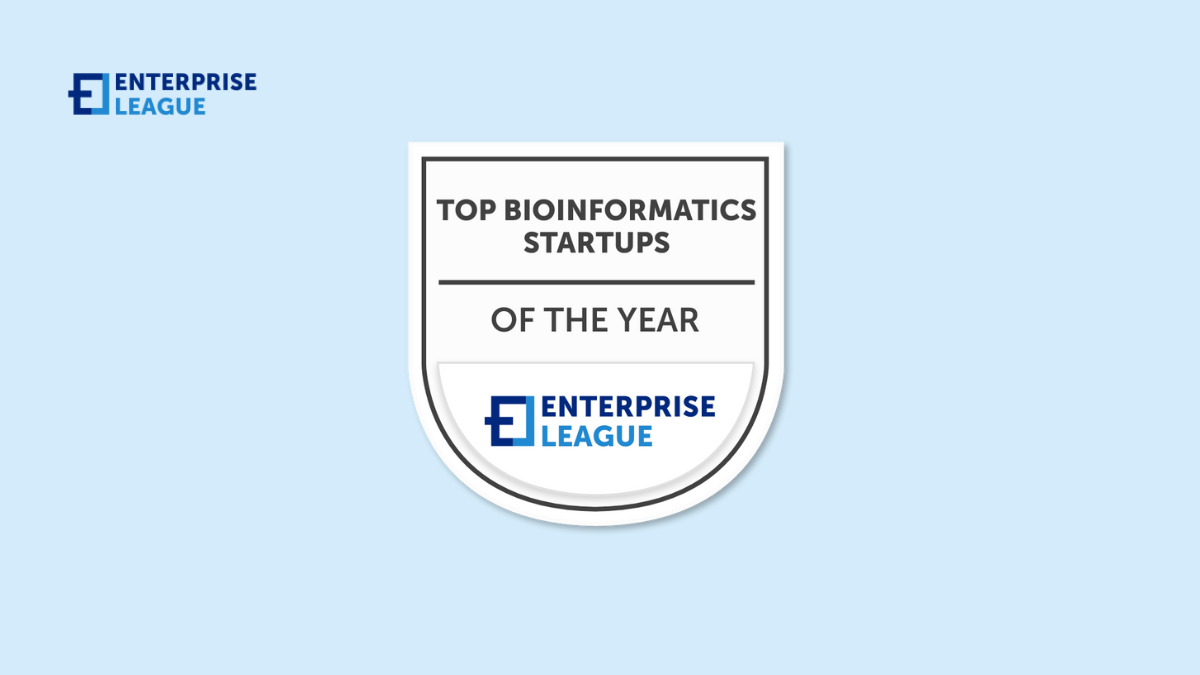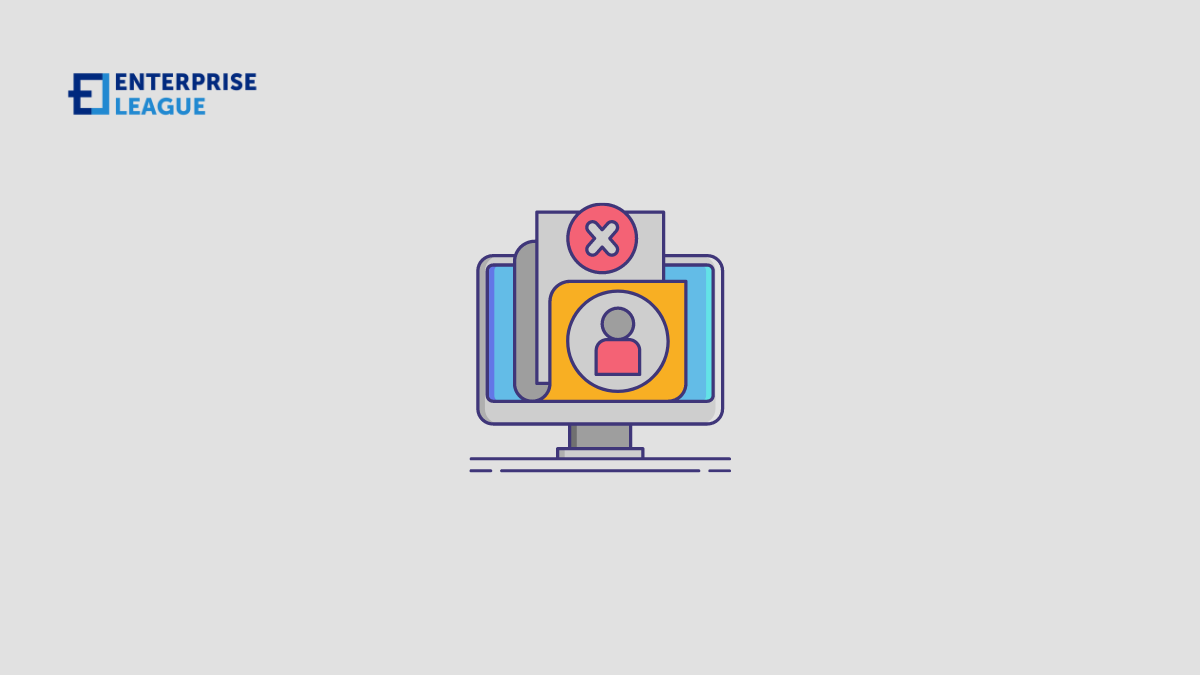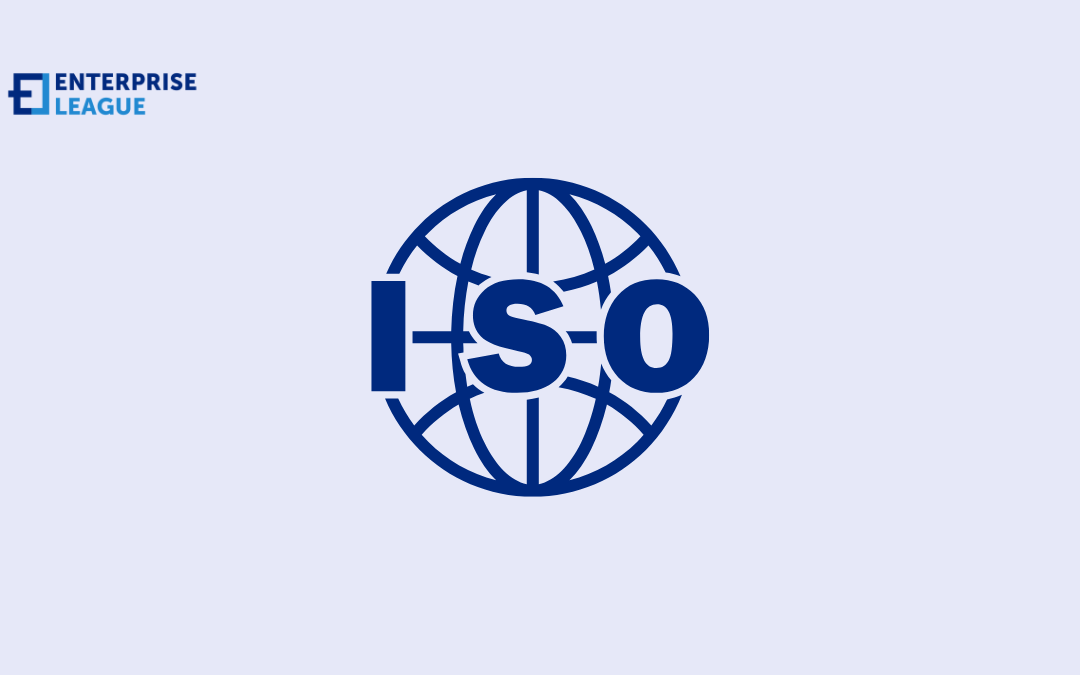Are you curious which are the benefits of owning a business and is it really worth all the fuss? Here’s what business owners say about it.

Video converting: Top business benefits for enterprises
The number of video use cases is vast. Nowadays, they’ve become the most powerful tool enterprises use. Nonetheless, many firms keep facing the challenge of outdated video formats.
In this regard, video converting has become a vital solution as it’s the process of changing motion pictures to more appropriate formats than the original ones. That’s how companies can ensure content accessibility. Let’s find out what advantages enterprises can get from video conversion.
Preserving legacy content
Many companies have been operating long before everybody got iPhones and professional cameras which can store enormous amounts of clips. Some firms have precious archives of legacy content stored in VHS tapes.
Under normal conditions, tapes can deteriorate within 10-20 years. Timely digitalization can give content creators an opportunity to reuse old tape footage in new exciting video projects. In this case, it’s high time you learned how to convert VHS to digital to save legacy content from oblivion.
Accessibility across numerous platforms
Modern organizations operate on a number of digital platforms. Depending on the type of camera they use to shoot videos, they may find their clips in older formats.
Some specialists might think that the solution would be to reshoot the project. A simpler solution would be to convert videos to universally accepted formats. One of the most popular is .MP4. By converting, companies can save their time and resources. The one thing they need to do is find a robust video converter.
Cost efficiency
Lots of firms have old training videos they’ve used for onboarding new employees. The process of creating new training materials can be pretty costly. If nothing has changed in the process a company works, there’s no need to film fresh corporate training movies.
Since organizations now share their training sessions through digital platforms, it’d be smarter to refresh old formats and turn them into appropriate ones for easy sharing with young specialists.
Reaching a new audience
Needless to say, more than 90% of organizations use videos as a cornerstone of their digital marketing. Apart from uploading clips on websites, firms engage with their audience on TikTok, X, Facebook, Pinterest, and so on.
While targeting their audience on a selection of platforms, companies may want to broaden their target group. However, social media video specs are different for various platforms. When creating long-form movies for YouTube, organizations can avoid producing entirely new content for Instagram Reels. All they need to do is cut long clips into shorter ones and convert formats.
Boosting security
Lots of industries have strict compliance requirements for records and data storage. Some of these industries are healthcare, legal services, and finance. Firms can convert sensitive and confidential video materials into secure formats for digital storage. It can be done while using robust video converters which allow users to integrate encryption during the conversion process. That’s how they can keep their data protected against unauthorized access.
For example, companies can convert confidential interviews to encrypted files to reduce the risk of theft. Moreover, they’ll maintain compliance with data protection laws.
Sustainability
By pursuing sustainability goals, organizations can easily achieve them via video conversion. Old CDs, DVDs, and tapes can be digitized to reduce the use of physical media. That’s how they can reduce electronic waste.
A shift towards eco-friendly practices like digital storage can be a smart move to reduce the carbon footprint. The production and disposal of physical storage devices would end peacefully for companies without the loss of significant data.
Conclusion
While working with video assets, enterprises can make sure that their content remains relevant, useful, and accessible. Organizations may start with preserving their legacy content, reusing it for new video projects, becoming accessible across numerous platforms, etc. Video converting can turn into a very fruitful idea for companies as they can save their resources, and time and reach new audiences.
More must-read stories from Enterprise League:
- Motivating business role models to inspire your entrepreneurial spirit.
- Getting your product in stores doesn’t have to be complicated.
- Creative and profitable outdoor business ideas you should be aware of.
- The best apps for entrepreneurs that will help you achieve your goals.
Related Articles
Benefits of owning a business: 20 first-hand experiences
24 important things successful people sacrifice to achieve greatness
23 successful people tell their real-life stories about things successful people sacrifice to achieve greatness. Do they think the sacrifices are worth it? Read more to find out.
How to speak with confidence
Master the art of confident speaking with these actionable tips that address both physical presence and mental preparation for impactful communication.
The Rise of Contract Tech Jobs: Why Freelancers Are in High Demand in 2025
It’s 2025, and the way people work in tech has changed. More professionals are walking away from traditional jobs and going freelance. Some want flexibility, while others are after better pay. Many are just done with the 9-to-5 setup that no longer fits how the...
How Do I Choose the Best Software for Municipal Waste Management?
Integrating waste management software marks a crucial evolution that can dramatically enhance your operational performance. Research shows that municipalities implementing smart waste solutions have experienced operational cost savings of up to 30% while boosting...





















